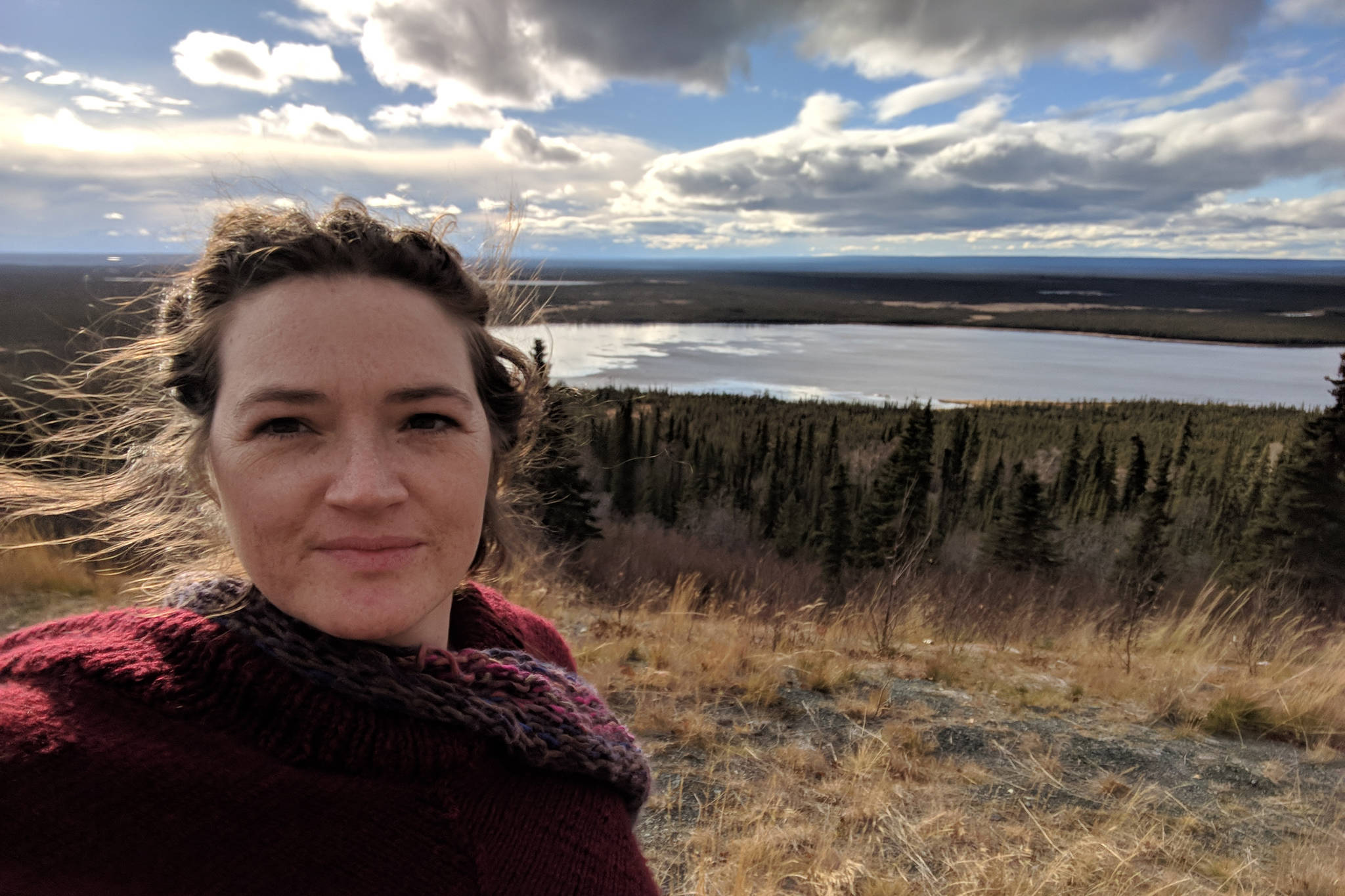Anniversaries are strange things — in many ways they are arbitrary, days we mark on a calendar to keep us from forgetting that we have been here before.
Today is the solstice — an anniversary of a thing that always happens, twice a year in fact, but that always seems like it should be marked with reflection.
A year ago on the solstice I was living in a tiny, cold cabin a stone’s throw away from a frozen river — 10 days into a new job and a new place, whose darkness, icy streets and cantankerous people were more formidable than I had expected.
Two years ago I was in what can most accurately be described as a jungle hermitage — in a half-built house surrounded by spiders, so many spiders — with my afternoons spent hiding indoors from the heat and creatures and my evenings spent walking a darkened beach, smelling barbecue and listening to the waves as tourists’ feet padded beside me.
Three years ago there was Christmas and family — 10 dogs, several children, presents, a tree and lights — in a Midwestern enclave made of things safe and easy. I think I worked at my brother’s used electronics store, surrounded by dirty gaming equipment and dirtier gamers, and took photos of clothing at night in between trips out to cornfields for shots of more picturesque scenescapes.
In my head I can go back like that — year before year — and come up with a place, vague memories, the texture and colors of things I touched, with only a few, single, distinct moments thrown in of any one particular day.
Today, as I sit in an unkept office — one string of Christmas lights hung around empty desks, with stale sugar cookies and much-less stale gingerbread laid out for the taking — I am thinking about my year in Alaska, with all the events mixed into that same vague jumble.
I’ve covered a remarkable distance — or would have in a normally sized state.
In August, I drove to Valdez, which was all fog and waterfalls, in the middle of the night, not realizing the staggering height of mountain passes until the trip home.
In September, I circumnavigated the peninsula with my little sister — who mostly wanted to take photos of herself in bright lipstick in front of mountains and rivers and plan impractical hikes that would likely have killed us both. She settled for oysters at a beachside restaurant in Homer and a trip to a glacier.
I’ve driven to Denali, seen the mountain, and ventured in and out of the park in fits — once in the spring when snow was still everywhere and the expanse was white. Once, in summer, in a rickety tourist bus that bounced slowly up and down the steep hills while I craned my neck through a frame of an awkwardly placed window trying to take in the tundra.
And once in my own little car, in October, late in the evening (which was like, 4 p.m.), after the tourists had gone home for the season and the road was open. It was cold that day, and windy — Alaska wind has this way of making you feel like you’ve been punched — and everything seemed to shimmer from a low sun casting light over the peaks.
I was traveling with my sister (the other one) and we had stopped on a trip to Fairbanks to visit the hot springs at a ramshackle lodge. The springs were, indeed, hot, smelled of sulfur and full of teenagers. But still, lovely.
We stayed at an Iditarod-themed hotel, by a river, and had drive-thru Thai food. And then we made our way home on the lonely and largely abandoned Richardson Highway — where lakes and mountains and glacial outflows have to compete with sheer cliffs and the massive, seemingly unbroken forests.
We occasionally tried to orient ourselves as we drove each stretch of empty road alongside unsettlingly eroded mountain walls.
At the top of a ridge somewhere between Delta Junction and Glenallen we stopped to walk my newly acquired and very old dog, and eat warm sandwiches.
I still don’t know quite where we were. I swore Wrangell St. Elias was to my right. My sister said it was to the left. Likely it was both directions. Or neither. I’m not good at maps.
But ahead of us was the landscape equivalent of the Alaska wind. From a pullout on the road we could see a whole section of the world — flat and far, carpeted with trees and punctured with reflective spots I assume were lakes. In the distance we spotted the trans-Alaska oil pipeline — a distinct, silver glimmer snaking across the horizon.
I expected the vastness of it all to wow me — floor me, even. And it did.
Looking out at the view from wherever it was I was standing — the land unbroken and stretched out beneath me, with trees farther than I could see and mountains so high they were nearly indiscernible from clouds — I didn’t just feel awe, but panic.
Underneath the noise of my sightseeing and selfies was a quiet voice, mourning the edge of the world.
Alaska is vast. And in the last year, in as many hours as I’ve spent in my little car driving up and down highways, I’ve only seen a small section of it.
Even so, I can’t help feeling that it is not vast enough to keep the horizon unbroken for future reflection.

